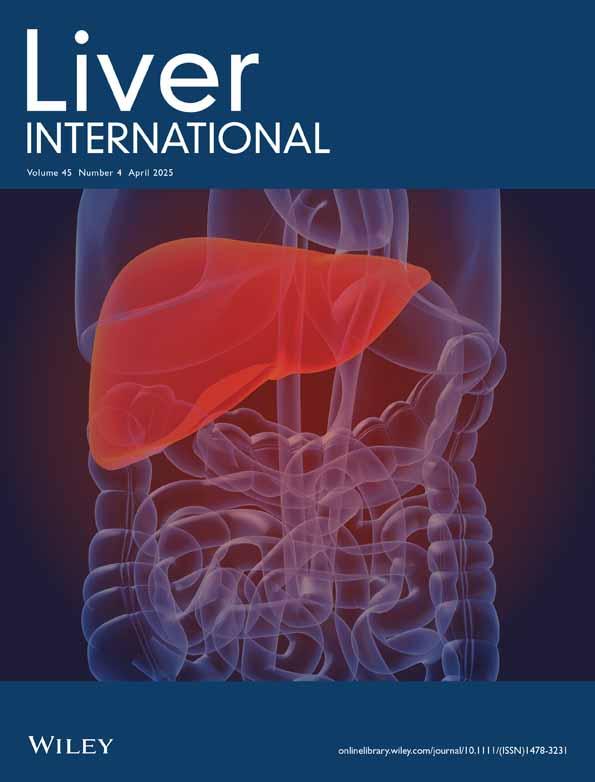Genomic Integration of Hepatitis B Virus Into Human Hepatocytes in Early Childhood Cirrhosis
Ying Chen, Yi Dong and Shizhang Wei contributed equally to this work.
Handling Editor: Alessio Aghemo
Funding: The authors received no specific funding for this work.
ABSTRACT
Background and Aims
Hepatitis B virus (HBV) remains a major global health problem. HBV DNA can be integrated into the human chromosomes. The integration in young cirrhotic chronic hepatitis B children has not been explored. This study aims to investigate HBV DNA integration in early childhood cirrhosis.
Methods
Biopsy liver specimens from cirrhotic and matched non-cirrhotic chronic hepatitis B children were collected. HBV DNA integration was detected through targeted HBV DNA fragment capture sequencing.
Results
Twenty cirrhotic and 20 non-cirrhotic children with chronic hepatitis B were included in the study. The cirrhotic group included 14 males and 6 females, and the non-cirrhotic group included 13 males and 7 females. Compared to non-cirrhotic children, cirrhotic children had lower serum HBsAg quantification (p = 0.001). The median number of HBV integrants in the cirrhotic group was 59 and that in the non-cirrhotic group was 98. No significant difference existed between the two groups (p = 0.529). In the multivariate linear regression analysis, serum HBV DNA level was correlated with the number of HBV integrants (p < 0.001, R2 = 0.322). Six differential intragenic high-frequency viral integration sites in cirrhotic children were revealed, all of which have protein-coding functions.
Conclusion
Several frequently integrated genes were observed in early childhood cirrhosis. Detailed associations between genetic alterations induced by HBV integration and early childhood cirrhosis need further exploration.
Conflicts of Interest
The authors declare no conflicts of interest.
Open Research
Data Availability Statement
The data used for this study are not freely available because of human participants. Interested researchers can contact the corresponding authors through email for more detailed information.




